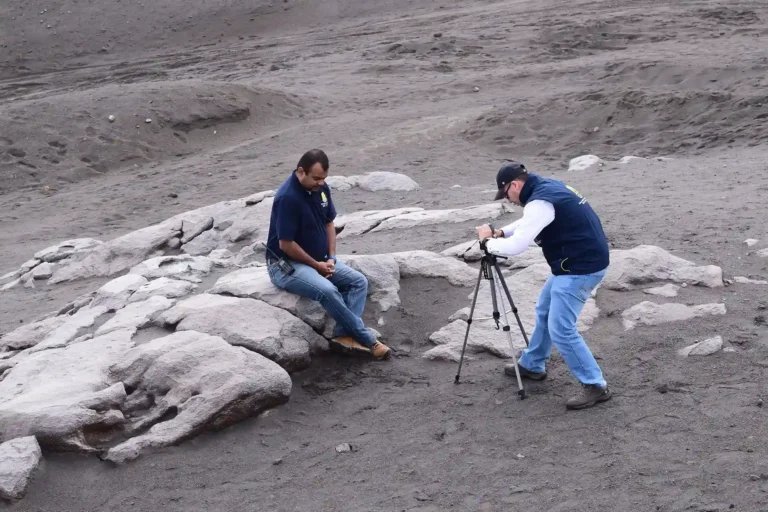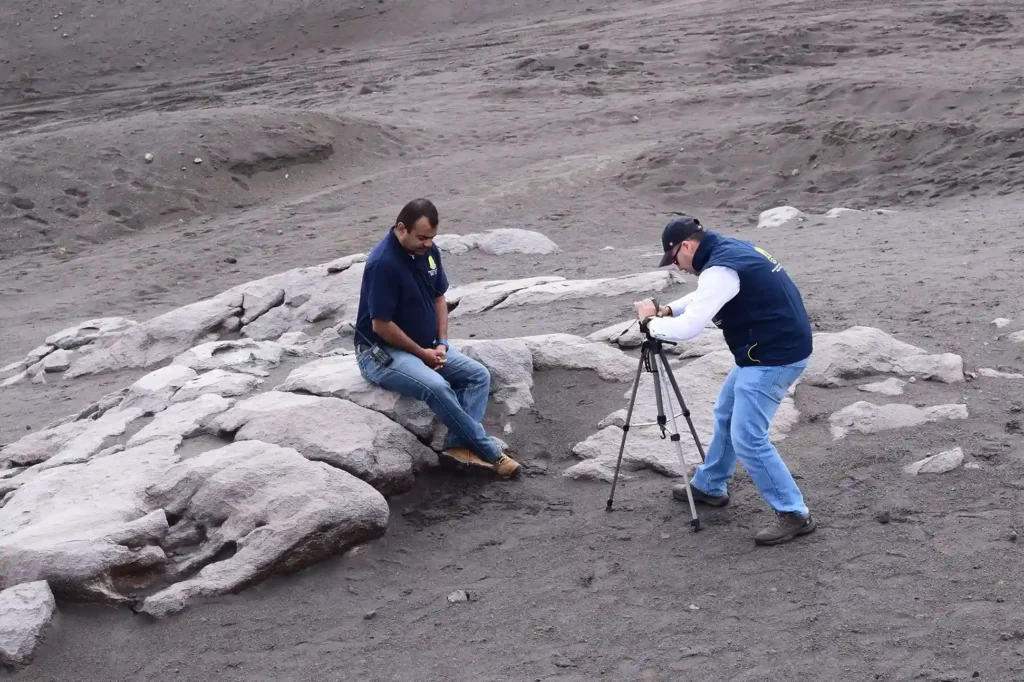Extreme weather events and shifting climate patterns are becoming more frequent, affecting communities and economies worldwide. Rising global temperatures are leading to intense heatwaves, unpredictable storms, and changing precipitation levels. Scientists warn of increasing climate variability, which poses challenges to agriculture, infrastructure, and daily life. Governments and organizations are focusing on mitigation and adaptation strategies to combat these changes. From record-breaking rainfall to prolonged droughts, weather fluctuations are impacting industries and populations alike. Understanding these trends is crucial to developing long-term solutions for a more resilient future.





- Rising Global Temperatures and Heatwaves
Record-breaking temperatures are being observed across the globe, with heatwaves becoming more intense and frequent. Urban areas experience higher temperatures due to the heat island effect, increasing health risks. Prolonged heat exposure leads to drought conditions, affecting water supply and agriculture. Governments are implementing cooling centers and advisory systems to mitigate heatwave impacts. Renewable energy adoption is being encouraged to reduce greenhouse gas emissions. Climate scientists stress the urgency of reducing carbon footprints to slow temperature rise. - Unpredictable Storms and Extreme Weather Events
The frequency and intensity of hurricanes, typhoons, and tornadoes have increased due to warming oceans. Storm surges and heavy rainfall are leading to widespread flooding in coastal and low-lying regions. Emergency response systems are being upgraded to handle unpredictable weather disasters. The insurance industry is facing challenges with rising claims from climate-related damages. Infrastructure resilience programs are being developed to withstand extreme weather conditions. Communities are being urged to prepare for more volatile weather patterns. - Shifting Precipitation Patterns and Flooding
Rainfall distribution is becoming more erratic, causing both excessive flooding and prolonged dry spells. Some regions experience unseasonal monsoons, while others face water shortages. Urban planning is being adapted to improve drainage and flood mitigation. Hydroelectric power generation is fluctuating due to inconsistent water availability. Agricultural cycles are disrupted, affecting global food supply chains. Scientists are studying precipitation changes to develop better forecasting models. - Drought and Water Scarcity Issues
Persistent drought conditions are threatening water supplies in various parts of the world. Agriculture-dependent economies are struggling with crop failures and food security concerns. Water conservation efforts, including desalination projects, are being explored as long-term solutions. Industries are under pressure to adopt sustainable water usage policies. Groundwater depletion is worsening, leading to conflicts over water rights. Governments are enforcing regulations to promote efficient water management. - Impact on Agriculture and Food Security
Shifting climate patterns are affecting crop yields and livestock farming worldwide. Rising temperatures and erratic rainfall are leading to lower agricultural productivity. Farmers are adopting climate-resilient crops and innovative irrigation techniques. Global food supply chains are being restructured to address changing production zones. Pests and diseases are spreading due to changing weather conditions. Sustainable farming practices are being promoted to ensure food security in the long term. - Mitigation and Adaptation Strategies
Countries are investing in renewable energy sources to reduce dependency on fossil fuels. Climate adaptation policies include reforestation projects and improved disaster preparedness. Research institutions are working on climate modeling to predict future trends accurately. International agreements are being reinforced to promote coordinated climate action. Technological advancements are enhancing early warning systems for extreme weather events. Public awareness campaigns are encouraging individuals to contribute to sustainability efforts.
The increasing frequency of extreme weather events highlights the urgent need for climate action. Rising temperatures, unpredictable storms, and shifting precipitation patterns are reshaping ecosystems and economies. Proactive measures, including renewable energy adoption and improved infrastructure, can help mitigate these effects. Governments, industries, and individuals must collaborate to develop sustainable solutions for climate resilience. Scientific advancements in weather forecasting and adaptation strategies are crucial in preparing for future challenges. As climate change continues to impact daily life, decisive action is necessary to safeguard communities and resources.


























